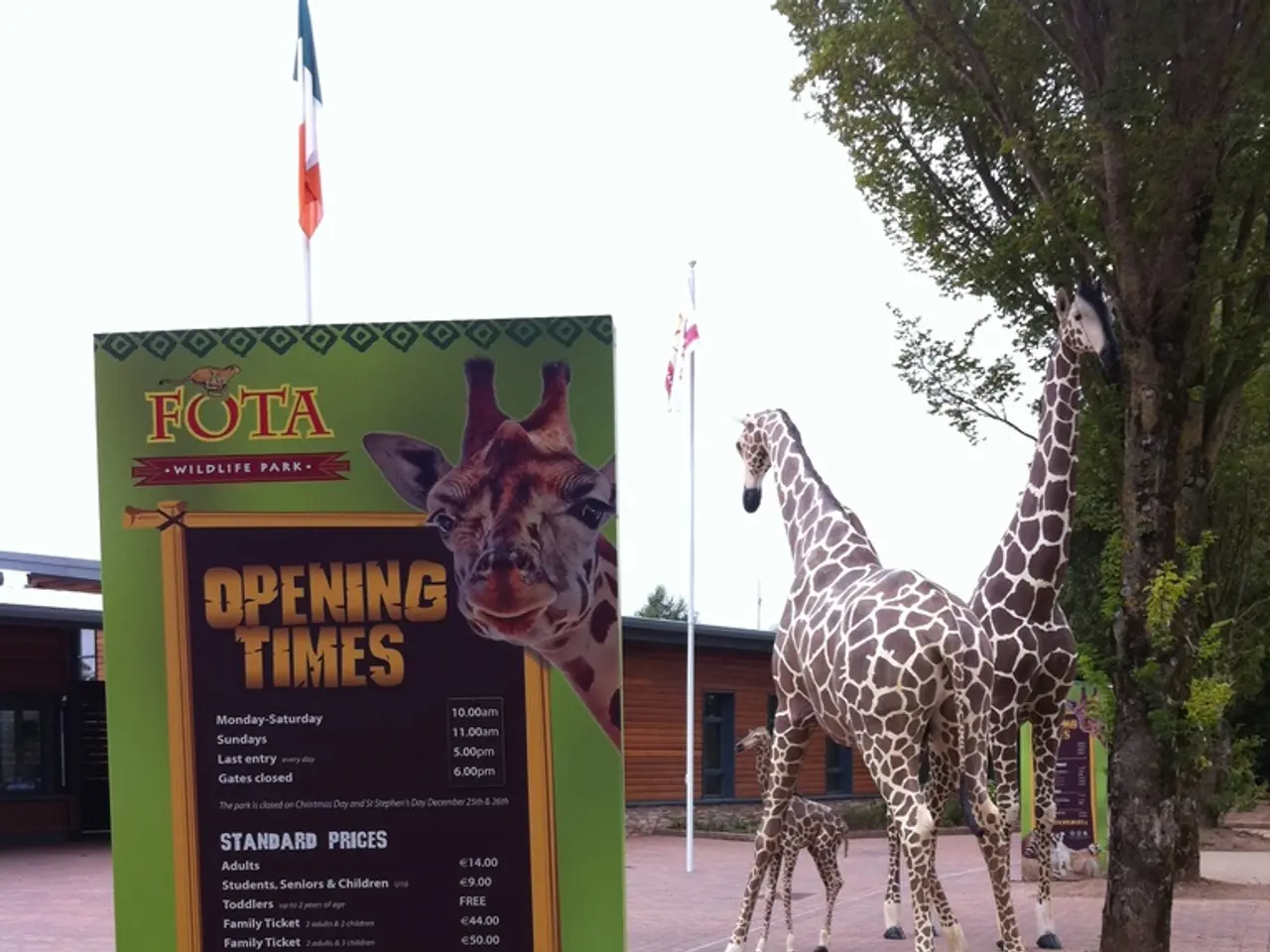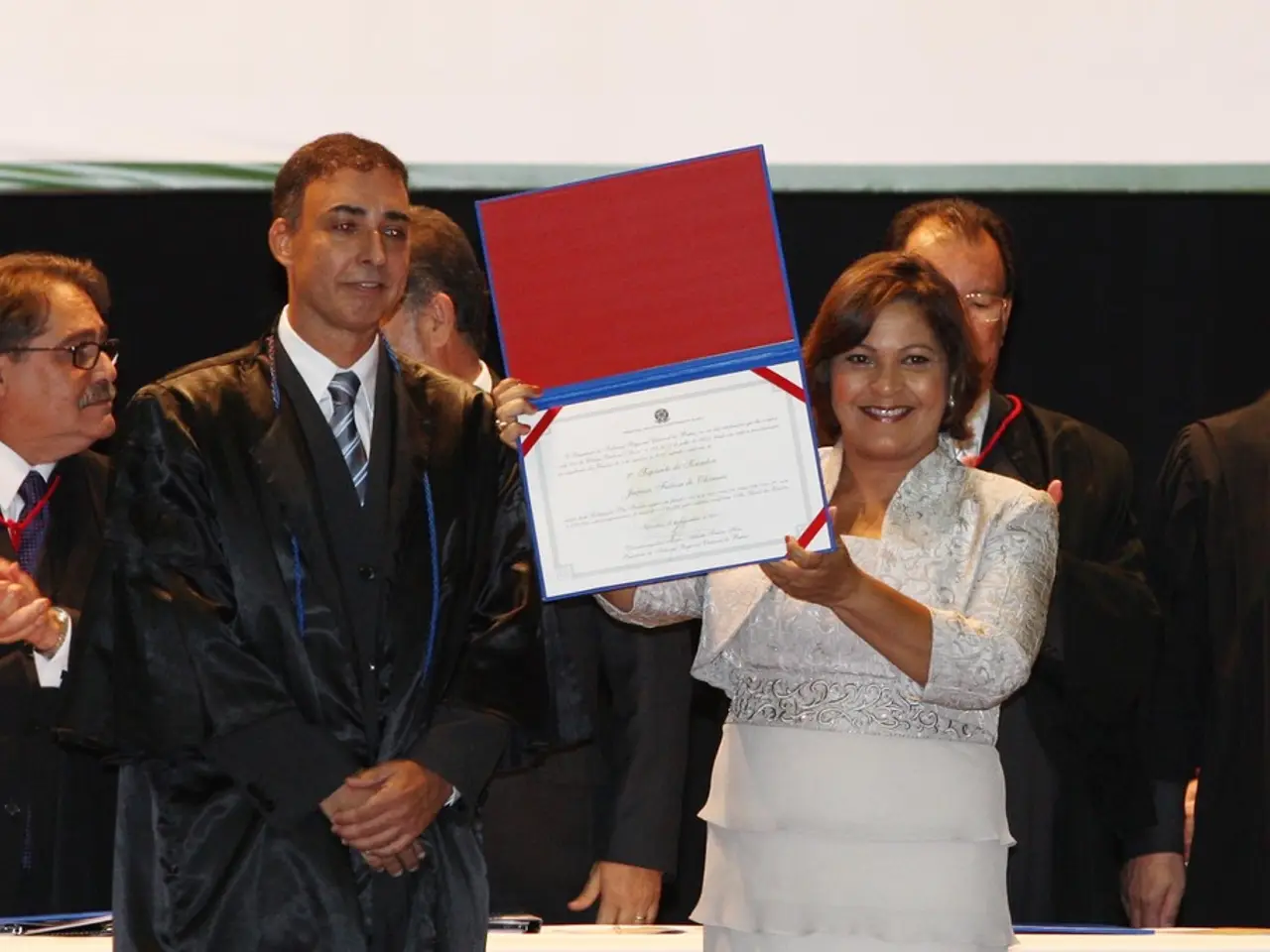Behind-the-scenes Actions at the Zoo: Breeding Initiatives, Animal Rescue Efforts, and Reintroduction of Species into the Wild
Zoos: More Than Just a Place for Animals
Zoos are not just places where animals are kept for public viewing. They are specialized facilities dedicated to the conservation and preservation of endangered species. From breeding programs to rescue missions, rewilding efforts, and education, zoos play a crucial role in preventing extinction.
Breeding Programs: Sustaining Endangered Species
Breeding programs in zoos help sustain and increase populations of endangered species. Through carefully managed mating, these programs maintain genetic diversity and prepare animals for potential reintroduction to the wild. Techniques that mimic natural conditions are used to promote animal well-being and reproduction [1][4].
Rescue Missions: A Second Chance for Wildlife
Rescue missions involve saving injured, orphaned, or confiscated wild animals and rehabilitating them within zoos or allied organizations. Zoos collaborate on such rescue and rehabilitation efforts for species like sea turtles and foxes [3]. The goal is often eventual release or lifelong care for individuals that cannot survive in the wild.
Rewilding: Returning Animals to their Natural Habitats
Rewilding entails releasing captive-bred or rehabilitated animals back into suitable natural habitats to restore wild populations. Projects like the Great Crane Project in the UK have re-established breeding crane populations in areas where they had been absent for centuries [2][3]. This approach expands the species' geographic range and enhances ecosystem function.
Education: Raising Awareness and Inspiring Action
Education programs within zoos are designed to raise public awareness about biodiversity, endangered species, and human impacts on the environment. By engaging visitors and communities, education fosters support for conservation measures and encourages behavioral changes that benefit wildlife [1][3][5]. Education is also linked to community-based conservation efforts involving Indigenous peoples, which incorporate traditional knowledge to enhance species protection [4][5].
Together, these strategies form an integrated conservation network in modern zoos accredited by organizations like the Association of Zoos & Aquariums. These zoos collaborate with NGOs, local communities, and scientific partners to safeguard species from extinction while promoting ecosystem health and biodiversity [1][3][4].
From the California condor to the Przewalski's horse, zoos have been instrumental in bringing species back from the brink of extinction. Each animal rescued, bred, or released is a story of hope in a world often overshadowed by loss. Zoos inspire awe and empathy, sparking lifelong passions for wildlife and nurturing the next generation of scientists, caretakers, and advocates.
- In addition to animals, zoos focus on the conservation and preservation of endangered plants through genetics research and seed banking, supporting the overall biodiversity within ecosystems.
- Educational programs in zoos not only address wildlife conservation but also delve into medical-conditions and health-and-wellness, largely emphasizing the interconnectedness of human and animal health.
- Within the field of environmental-science, zoos contribute to scientific research on insects essential for ecosystem function, offering insights that bridge with finance and business strategies for long-term sustainability.
- Entrepreneurial ventures are developing in the education-and-self-development sector, offering courses and workshops on zoology, wildlife photography, and eco-tourism, nurturing an interest in wildlife and conservation among young individuals.
- The success of conservation initiatives has expanded to sports, where athlete ambassadors promote the cause, hosting events, and working with zoos to raise funds for critical wildlife conservation projects.
- The dynamic bond between zoos and the community extends beyond creature comforts; zoos foster collaboration with local schools, providing hands-on learning opportunities in science, technology, engineering, and mathematics (STEM) education.
- Beyond the many roles zoos play, their contributions to biodiversity conservation, environmental science, and community education showcase their vital role in the field of business, societal development, and overall health and wellness.




